
Yerba Buena: The Garden of Tucumán
Discover Yerba Buena in San Miguel de Tucumán, a lush retreat with outdoor adventures, local markets, and traditional Argentine cuisine in the heart of nature.
Yerba Buena, nestled in the foothills of the Andes, is a picturesque neighbourhood in San Miguel de Tucumán, Argentina. Known as the 'Garden of Tucumán', this area is a verdant paradise teeming with lush greenery, making it a perfect retreat for nature lovers and adventurers alike. The neighbourhood boasts a range of outdoor activities, from hiking trails that offer stunning views of the surrounding landscape to serene parks perfect for picnics and leisurely strolls. The Horco Molle Nature Reserve is a must-visit, offering a glimpse into the region's rich biodiversity. For those interested in culture, Yerba Buena is home to charming cafes, local markets, and artisanal shops that reflect the area's vibrant spirit. Food enthusiasts will find themselves in culinary heaven with a variety of local restaurants offering traditional Argentine cuisine. Don't miss out on trying the famous empanadas and indulging in a delectable asado. With its blend of natural beauty, outdoor adventure, and cultural richness, Yerba Buena provides a unique and memorable experience for every traveler.
Local tips in Yerba Buena
- Visit the Horco Molle Nature Reserve early in the morning to catch a glimpse of local wildlife in their natural habitat.
- Wear comfortable walking shoes, as many attractions in Yerba Buena involve walking or hiking.
- Try the local empanadas at one of the neighbourhood's many traditional eateries.
- Bring a picnic to enjoy at one of the many scenic parks.
- Explore the local markets for unique artisanal crafts and souvenirs.
Yerba Buena: The Garden of Tucumán
Yerba Buena, nestled in the foothills of the Andes, is a picturesque neighbourhood in San Miguel de Tucumán, Argentina. Known as the 'Garden of Tucumán', this area is a verdant paradise teeming with lush greenery, making it a perfect retreat for nature lovers and adventurers alike. The neighbourhood boasts a range of outdoor activities, from hiking trails that offer stunning views of the surrounding landscape to serene parks perfect for picnics and leisurely strolls. The Horco Molle Nature Reserve is a must-visit, offering a glimpse into the region's rich biodiversity. For those interested in culture, Yerba Buena is home to charming cafes, local markets, and artisanal shops that reflect the area's vibrant spirit. Food enthusiasts will find themselves in culinary heaven with a variety of local restaurants offering traditional Argentine cuisine. Don't miss out on trying the famous empanadas and indulging in a delectable asado. With its blend of natural beauty, outdoor adventure, and cultural richness, Yerba Buena provides a unique and memorable experience for every traveler.
Iconic landmarks you can’t miss
Casa Histórica - Museo Nacional de la Independencia
Explore Argentina's fight for freedom at the Casa Histórica - Museo Nacional de la Independencia, a treasure trove of history in San Miguel de Tucumán.
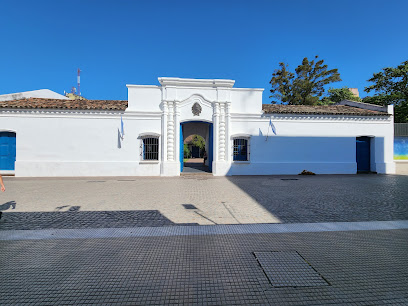
Independencia Square
Discover the charm and cultural heritage of Independencia Square, a vibrant park in the heart of San Miguel de Tucumán, Argentina.

Plaza Urquiza
Discover the serene beauty and vibrant culture of Plaza Urquiza in San Miguel de Tucumán, a perfect blend of relaxation and local charm.
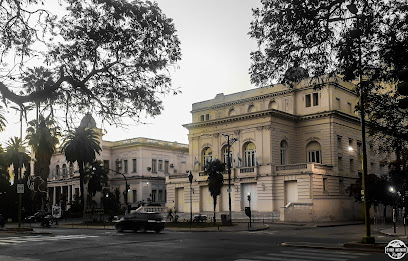
Cristo Bendicente
Discover the majestic Cristo Bendicente in Yerba Buena, a symbol of faith with breathtaking views in Tucumán Province, Argentina.
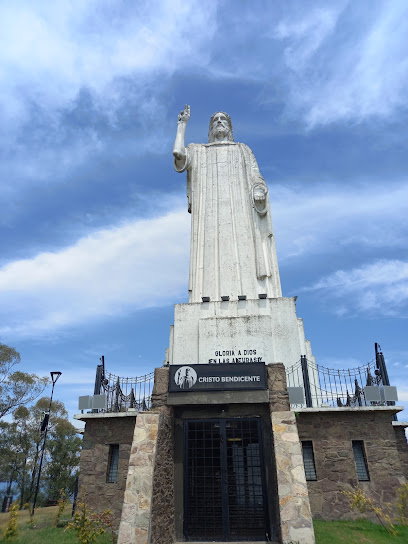
Plaza Vieja
Explore Plaza Vieja in Yerba Buena: A state park filled with lush greenery, vibrant culture, and endless recreation opportunities in Tucumán.
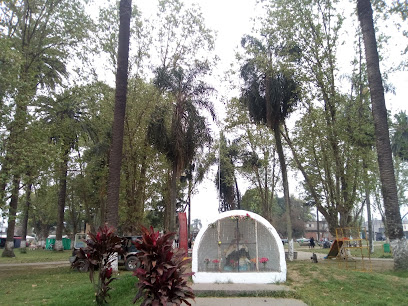
Percy Hill Park
Experience the natural beauty of Percy Hill Park, a serene nature preserve and botanical garden in Yerba Buena, Tucumán, perfect for relaxation and exploration.
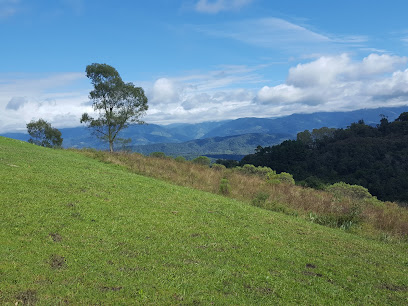
Casa Belgraniana Solar Historico
Discover the rich history of Argentina at Casa Belgraniana, a fascinating museum showcasing the heritage of San Miguel de Tucumán.

Ruinas Mansion del Oriental
Explore the fascinating Ruinas Mansion del Oriental in Yerba Buena, Tucumán, a historical gem surrounded by stunning natural beauty.

Reloj de Yerba Buena
Experience the charm of Reloj de Yerba Buena, a breathtaking monument that embodies the rich heritage and culture of Tucumán Province.

Yerba buena
Explore Yerba Buena, the ultimate shopping mall in San Miguel de Tucumán, where vibrant culture meets modern retail and dining experiences.

Unmissable attractions to see
Casa Histórica - Museo Nacional de la Independencia
Discover the rich history of Argentina at the Casa Histórica, where independence was declared, showcasing a collection of artifacts and engaging exhibits.
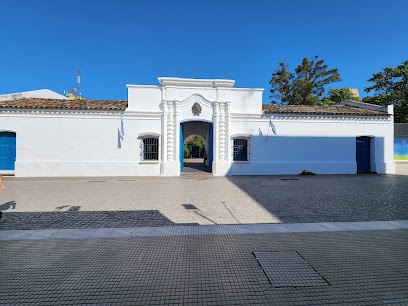
Independencia Square
Explore Independencia Square in San Miguel de Tucumán - a cultural gem filled with history, greenery, and vibrant local life.
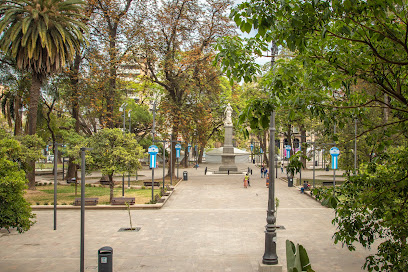
Parque 9 de Julio
Explore Parque 9 de Julio, a lush urban park in San Miguel de Tucumán, where culture, nature, and leisure come together for an unforgettable experience.
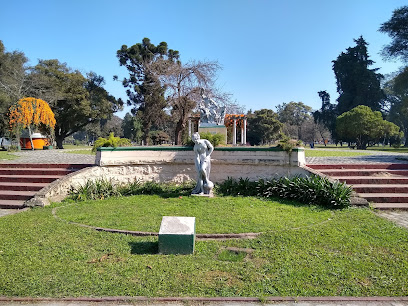
Plaza Urquiza
Experience the beauty and culture of Plaza Urquiza, a vibrant park in San Miguel de Tucumán, perfect for relaxation, family outings, and cultural events.

Cristo Bendicente
Explore Cristo Bendicente in Yerba Buena, Tucumán, where spirituality meets breathtaking panoramic views of nature's beauty.
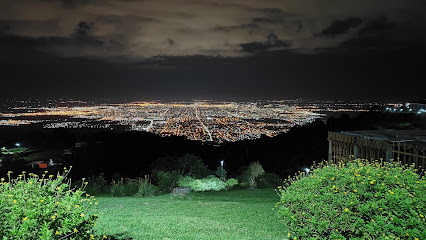
Funicular Trail
Discover the breathtaking landscapes and serene beauty of Funicular Trail in Tucumán Province, a must-visit for outdoor enthusiasts and nature lovers.

Percy Hill Park
Discover the enchanting Percy Hill Park, a serene nature preserve and botanical garden in Yerba Buena, perfect for nature lovers and peaceful retreats.

Reserva Experimental Horco Molle
Explore the wonders of nature at Reserva Experimental Horco Molle, a serene hideaway in Yerba Buena, Tucumán, perfect for birdwatching and botanical exploration.
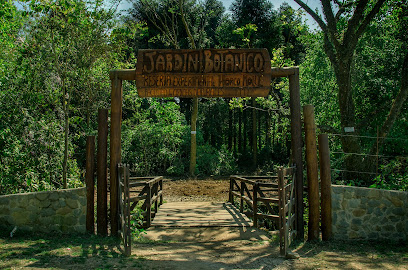
Ruinas Mansion del Oriental
Explore the enchanting Ruinas Mansion del Oriental, a historical gem in Yerba Buena, Tucumán, showcasing stunning architecture and lush scenery.
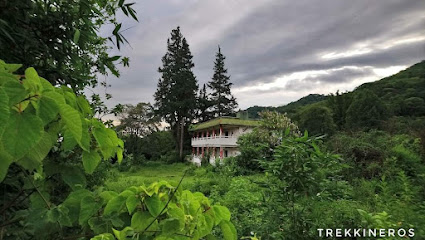
Botanico
Explore the serene beauty of Botanico in Yerba Buena, Tucumán Province - a must-visit attraction for nature enthusiasts and travelers alike.
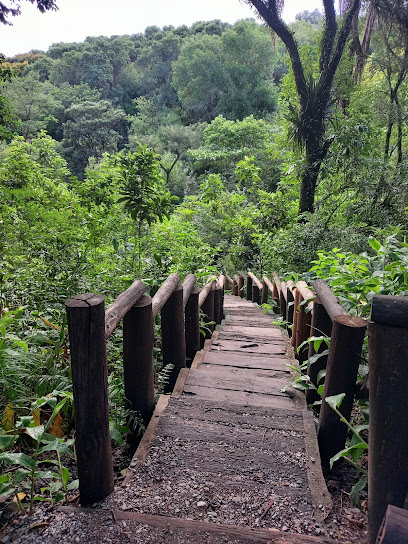
Essential places to dine
Don Toribio
Experience authentic Argentinian cuisine at Don Toribio in Yerba Buena – where tradition meets flavor in every dish.
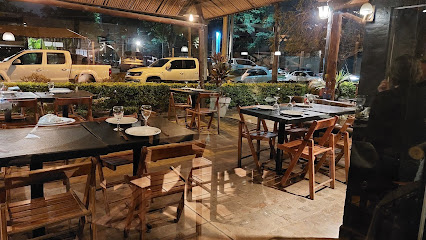
Los Hornos
Discover Los Hornos in Yerba Buena - where traditional Argentine flavors meet modern dining experiences in a lively atmosphere.
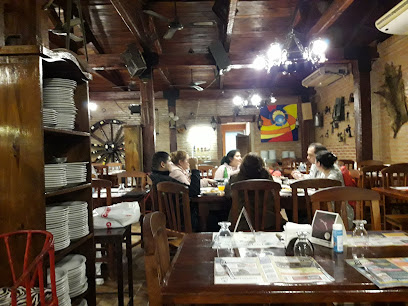
Mi Nueva Estancia
Experience the rich flavors of traditional Argentinian cuisine at Mi Nueva Estancia in Yerba Buena – where every meal is a celebration.
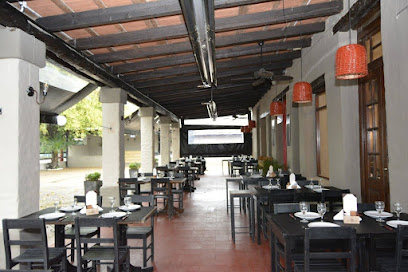
Sole Mío
Experience authentic Argentine barbecue at Sole Mío in Yerba Buena – where flavor meets tradition in a stunning open plaza setting.
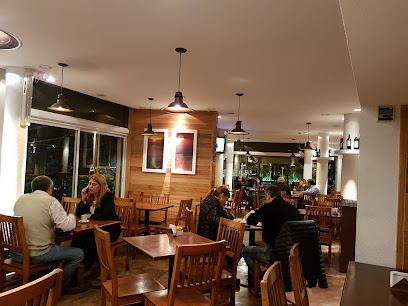
El Cristo
Experience authentic Argentine flavors at El Cristo in Yerba Buena—where culinary tradition meets vibrant atmosphere.
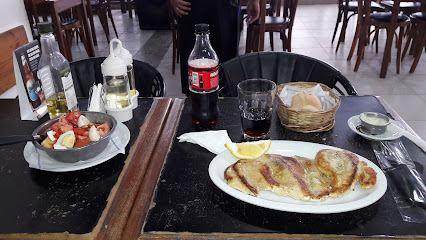
El Mesón del Pato
Experience authentic Argentine cuisine at El Mesón del Pato in Yerba Buena - where local flavors meet warm hospitality.
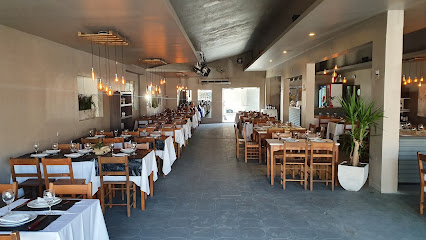
La caballeriza
Experience authentic Argentinian flavors at La Caballeriza, where vibrant tapas meet exceptional hospitality in the heart of Yerba Buena.
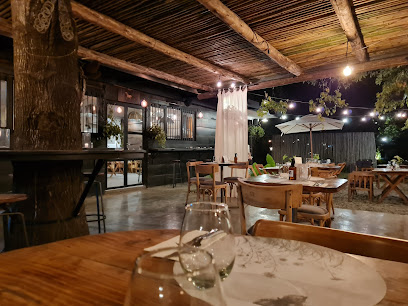
Santa Marta Resto
Experience innovative Argentine cuisine at Santa Marta Resto, where traditional flavors meet modern gastronomy in Yerba Buena.
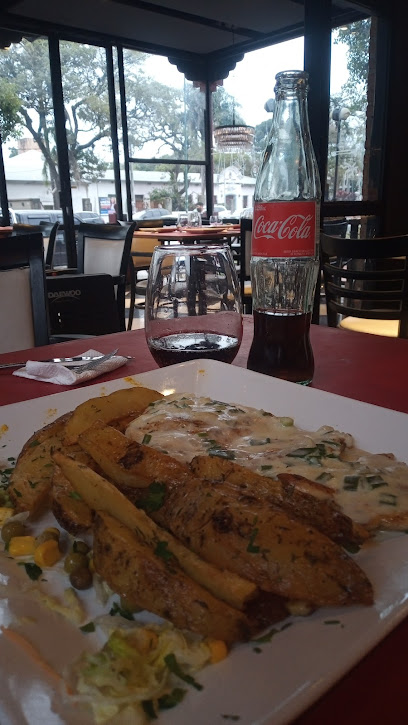
Amor es comer
Experience authentic Argentine cuisine and delightful bakery treats at Amor es Comer in Yerba Buena – a true culinary delight.

Completa
Experience authentic Argentinian flavors at Completa in Yerba Buena – where every meal is a celebration of culinary tradition.

Markets, malls and hidden boutiques
Portal Tucumán
Discover a vibrant shopping experience at Portal Tucumán in Yerba Buena, where fashion, food, and fun come together.

Solar del Cerro Shopping
Discover the best of shopping, dining, and entertainment at Solar del Cerro Shopping in Yerba Buena, Tucumán.
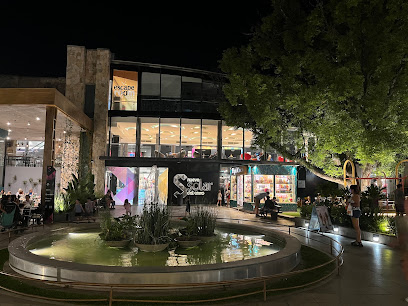
Shopping Yerba Buena
Discover the vibrant Shopping Yerba Buena in Tucumán—your ultimate destination for shopping, dining, and entertainment.
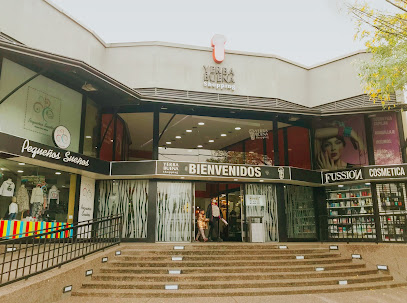
La Vaca En Bikini
Explore La Vaca En Bikini, a treasure trove of unique gifts, home decor, and fragrances in San Miguel de Tucumán, where quality meets creativity.
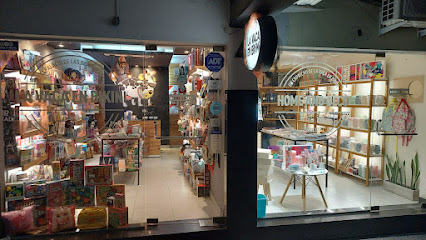
Cardón (Shopping EL Portal)
Explore Cardón in Yerba Buena, a clothing store offering a perfect blend of traditional Argentine fashion and modern styles for every traveler.
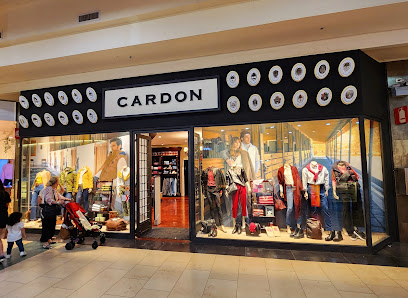
Paseo Shopping Yerba Buena
Explore the dynamic Paseo Shopping Yerba Buena in Tucumán, featuring diverse shops, delightful dining, and entertainment for all ages.

Paco García Portal
Discover a premier sporting goods store in Yerba Buena, Tucumán, offering top-quality sportswear and equipment for all your adventure needs.

Como Quieres Tucumán
Discover stylish children's clothing at Como Quieres Tucumán, where quality meets comfort in a family-friendly shopping experience.
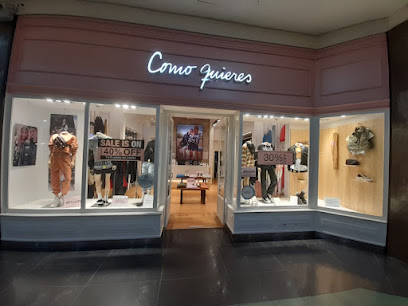
La Yunga
Discover La Yunga in Yerba Buena, a fashion-forward clothing store for men, women, and children that captures the essence of local style and elegance.

Yerba buena
Explore Yerba Buena, a vibrant shopping mall in San Miguel de Tucumán, where shopping, dining, and local culture meet in an exciting atmosphere.
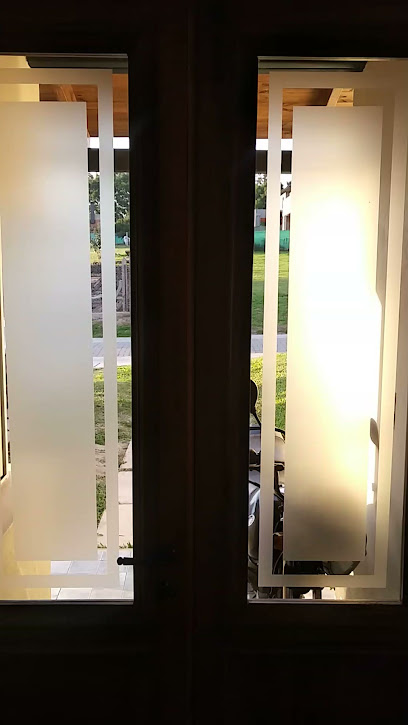
Essential bars & hidden hideouts
Wolf 2, Café & Tapas
Experience the vibrant flavors of Wolf 2, Café & Tapas in Yerba Buena - a grill and café offering local and international delights in a charming setting.
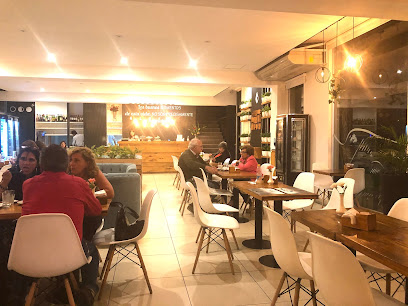
La Morocha
Unwind at La Morocha, a lively pub in Yerba Buena, Tucumán, offering delightful drinks, live music, and an unforgettable nightlife experience.
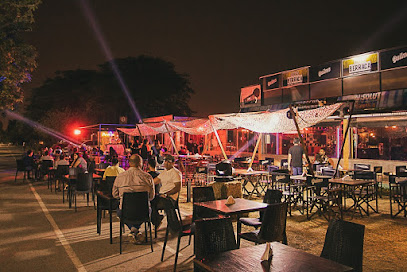
Porter Brew House
Discover the vibrant atmosphere and craft beer selections at Porter Brew House in Yerba Buena, Tucumán - a brewpub experience like no other.
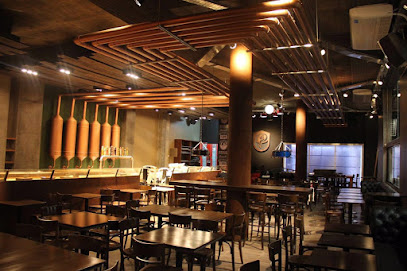
Mr. JOHN'S & WARHOL
Explore a culinary oasis at Mr. JOHN'S & WARHOL, where gastronomy meets art in a vibrant gastropub ambiance.
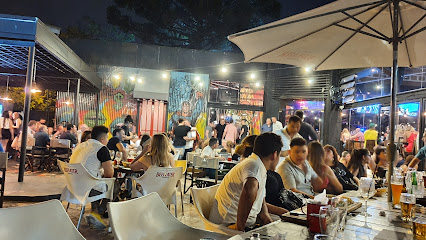
Bonneville Coffee & Beer
Discover the lively ambiance and exquisite craft beers at Bonneville Coffee & Beer in Yerba Buena, Tucumán - a bar that celebrates local flavors.

PIAF BAR
Discover the vibrant cocktail culture of Piaf Bar in Yerba Buena, where expertly crafted drinks and a lively atmosphere await you.

Calixto Espacio Nocturno
Experience the thrill of dancing and dining at Calixto Espacio Nocturno in Yerba Buena, Tucumán, where vibrant nightlife meets gourmet cuisine.
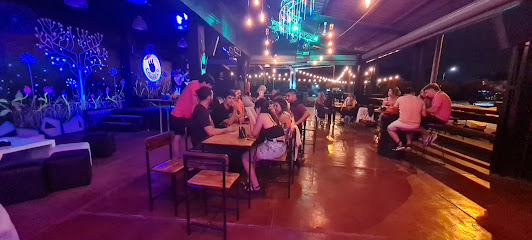
El Sauce 1
Experience the vibrant culture of Yerba Buena at El Sauce 1, a unique bar and convenience store offering local drinks and essentials.

Mila House
Discover the vibrant nightlife of Yerba Buena at Mila House, where cocktails and camaraderie come together in an unforgettable bar experience.
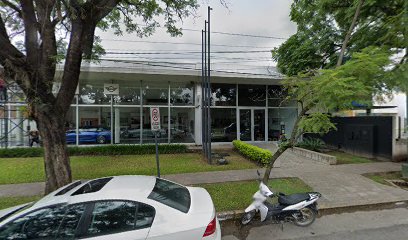
BLACKBULL BAR & PUB
Discover the vibrant nightlife at BLACKBULL BAR & PUB in Yerba Buena, Tucumán – an ideal spot for locals and tourists to enjoy great drinks and live music.
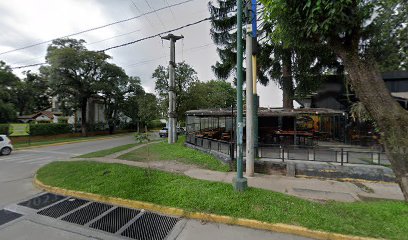
Local Phrases
-
- HelloHola
[oh-lah] - GoodbyeAdiós
[ah-dee-ohs] - YesSí
[see] - NoNo
[noh] - Please/You're welcomePor favor/De nada
[por fah-vor/deh nah-dah] - Thank youGracias
[grah-see-ahs] - Excuse me/SorryPerdón/Disculpe
[pehr-dohn/dees-kool-peh] - How are you?¿Cómo estás?
[koh-moh ehs-tahs] - Fine. And you?Bien. ¿Y tú?
[byen. ee too] - Do you speak English?¿Hablas inglés?
[ah-blahs een-glehs] - I don't understandNo entiendo
[noh ehn-tee-ehn-doh]
- HelloHola
-
- I'd like to see the menu, pleaseQuisiera ver el menú, por favor
[kee-see-eh-rah behr ehl meh-noo, por fah-vor] - I don't eat meatNo como carne
[noh koh-moh kahr-neh] - Cheers!¡Salud!
[sah-lood] - I would like to pay, pleaseMe gustaría pagar, por favor
[meh goos-tah-ree-ah pah-gahr, por fah-vor]
- I'd like to see the menu, pleaseQuisiera ver el menú, por favor
-
- Help!¡Ayuda!
[ah-yoo-dah] - Go away!¡Vete!
[veh-teh] - Call the Police!¡Llama a la Policía!
[yah-mah ah lah poh-lee-see-ah] - Call a doctor!¡Llama a un médico!
[yah-mah ah oon meh-dee-koh] - I'm lostEstoy perdido
[ehs-toy pehr-dee-doh] - I'm illEstoy enfermo
[ehs-toy ehn-fehr-moh]
- Help!¡Ayuda!
-
- I'd like to buy...Quisiera comprar...
[kee-see-eh-rah kohm-prahr] - I'm just lookingSólo estoy mirando
[soh-loh ehs-toy mee-rahn-doh] - How much is it?¿Cuánto cuesta?
[kwan-toh kwehs-tah] - That's too expensiveEsto es demasiado caro
[ehs-toh ehs deh-mah-syah-doh kahr-oh] - Can you lower the price?¿Puede bajar el precio?
[pweh-deh bah-hahr ehl pree-syoh]
- I'd like to buy...Quisiera comprar...
-
- What time is it?¿Qué hora es?
[keh oh-rah ehs] - It's one o'clockEs la una
[ehs lah oo-nah] - Half past (10)Media (10)
[meh-dee-ah (diez)] - MorningMañana
[mah-nyah-nah] - AfternoonTarde
[tahr-deh] - EveningNoche
[noh-cheh] - YesterdayAyer
[ah-yehr] - TodayHoy
[oy] - TomorrowMañana
[mah-nyah-nah] - 1Uno
[oo-noh] - 2Dos
[dohs] - 3Tres
[trehs] - 4Cuatro
[kwah-troh] - 5Cinco
[seen-koh] - 6Seis
[says] - 7Siete
[syeh-teh] - 8Ocho
[oh-choh] - 9Nueve
[nweh-veh] - 10Diez
[dee-ehs]
- What time is it?¿Qué hora es?
-
- Where's a/the...?¿Dónde está...?
[dohn-deh ehs-tah] - What's the address?¿Cuál es la dirección?
[kwal ehs lah dee-rehk-syohn] - Can you show me (on the map)?¿Puede mostrarme (en el mapa)?
[pweh-deh mohs-trar-meh (ehn ehl mah-pah)] - When's the next (bus)?¿Cuándo es el próximo (colectivo)?
[kwan-doh ehs ehl proh-ksee-moh (koh-lehk-tee-voh)] - A ticket (to ....)Un boleto (a ....)
[oon boh-leh-toh (ah)]
- Where's a/the...?¿Dónde está...?
History of Yerba Buena
-
Yerba Buena was officially founded in 1886, originally serving as a rural settlement on the outskirts of San Miguel de Tucumán. Its name, which translates to 'good herb,' reflects the area's lush vegetation and the indigenous traditions of using native plants. This neighborhood was initially populated by families seeking agricultural opportunities, making it an essential part of the region's agrarian economy.
-
Throughout the 20th century, Yerba Buena experienced significant growth as a suburban community. Its proximity to San Miguel de Tucumán allowed it to attract families and individuals looking for a quieter lifestyle while still being connected to urban amenities. This period saw the establishment of schools, parks, and cultural institutions that played a key role in shaping the local identity.
-
Yerba Buena is known for hosting the annual 'Fiesta de la Yerba Buena,' a cultural festival that celebrates local traditions, music, and gastronomy. This event has become a hallmark of the neighborhood, drawing visitors from San Miguel de Tucumán and beyond. It highlights the area's rich heritage and contributes to a sense of community pride.
-
In recent decades, Yerba Buena has transformed into a bustling urban center, characterized by residential developments, commercial establishments, and recreational facilities. This urbanization has attracted a diverse population, contributing to a vibrant cultural landscape that blends traditional elements with modern influences, reinforcing its status as a desirable place to live within the Tucumán province.
-
Yerba Buena is home to several historical sites that reflect its past, such as the 'Casa de la Cultura,' which serves as a cultural center promoting local art and history. Additionally, the 'Parque 9 de Julio' provides a glimpse into the region's natural beauty and serves as a gathering place for community events, reinforcing the connection between history and modern life in this charming neighborhood.
Yerba Buena Essentials
-
Yerba Buena is easily accessible from the city center of San Miguel de Tucumán. You can take a local bus, which operates frequently and will get you there in about 20-30 minutes, depending on traffic. Taxis and ride-sharing services are also widely available and can be a convenient option if you prefer direct transport. For those driving, the area is well-signposted and has ample parking facilities.
-
Yerba Buena is a relatively small and walkable neighbourhood. Public buses connect various parts of the area, and taxis are available for longer distances. Bicycles can be rented from local shops, making it easy to explore the parks and scenic routes. It’s advisable to use rideshare apps for late-night travel or if you’re unfamiliar with the area.
-
Yerba Buena is generally considered safe for tourists. However, it is wise to avoid certain areas at night, particularly those away from main streets and poorly lit. Petty crimes such as pickpocketing can occur, especially in crowded places. Keep your belongings secure and be cautious when withdrawing cash from ATMs.
-
In case of emergency, dial 911 for police, fire, or medical assistance. Familiarize yourself with the location of the nearest hospital, which is Hospital del Centro and is well-equipped for emergencies. It’s advisable to have travel insurance that covers medical emergencies. For minor health issues, local pharmacies are available for over-the-counter medications.
-
Fashion: Do wear comfortable clothing suitable for the climate and casual shoes for walking. Don't wear overly revealing clothing, especially in religious areas. Religion: Do respect local customs; it’s polite to greet locals and show interest in their traditions. Public Transport: Do be courteous to fellow passengers. Don’t engage in loud conversations or eat on public transport. Greetings: Do greet locals with a friendly 'Hola.' A smile goes a long way. Eating & Drinking: Do try local cuisines, such as empanadas and pastelitos. Don't drink tap water; opt for bottled water instead.
-
To experience Yerba Buena like a local, visit the Parque Sierra de San Javier for hiking and stunning views. Explore local markets for fresh produce and artisanal goods. Engage with the locals in cafes and restaurants, where you can learn about local culture and traditions. Don’t miss out on trying the mate, a traditional Argentine drink, and be sure to join in the social experience of sharing it with friends.
Nearby Cities to Yerba Buena
-
Things To Do in Salta
-
Things To Do in Córdoba
-
Things To Do in San Pedro de Atacama
-
Things To Do in Tarija
-
Things To Do in San Juan
-
Things To Do in Antofagasta
-
Things To Do in La Serena
-
Things To Do in Coquimbo
-
Things To Do in Uyuni
-
Things To Do in Mendoza
-
Things To Do in Asuncion
-
Things To Do in Aregua
-
Things To Do in Potosi
-
Things To Do in Ypacarai
-
Things To Do in Rosario










